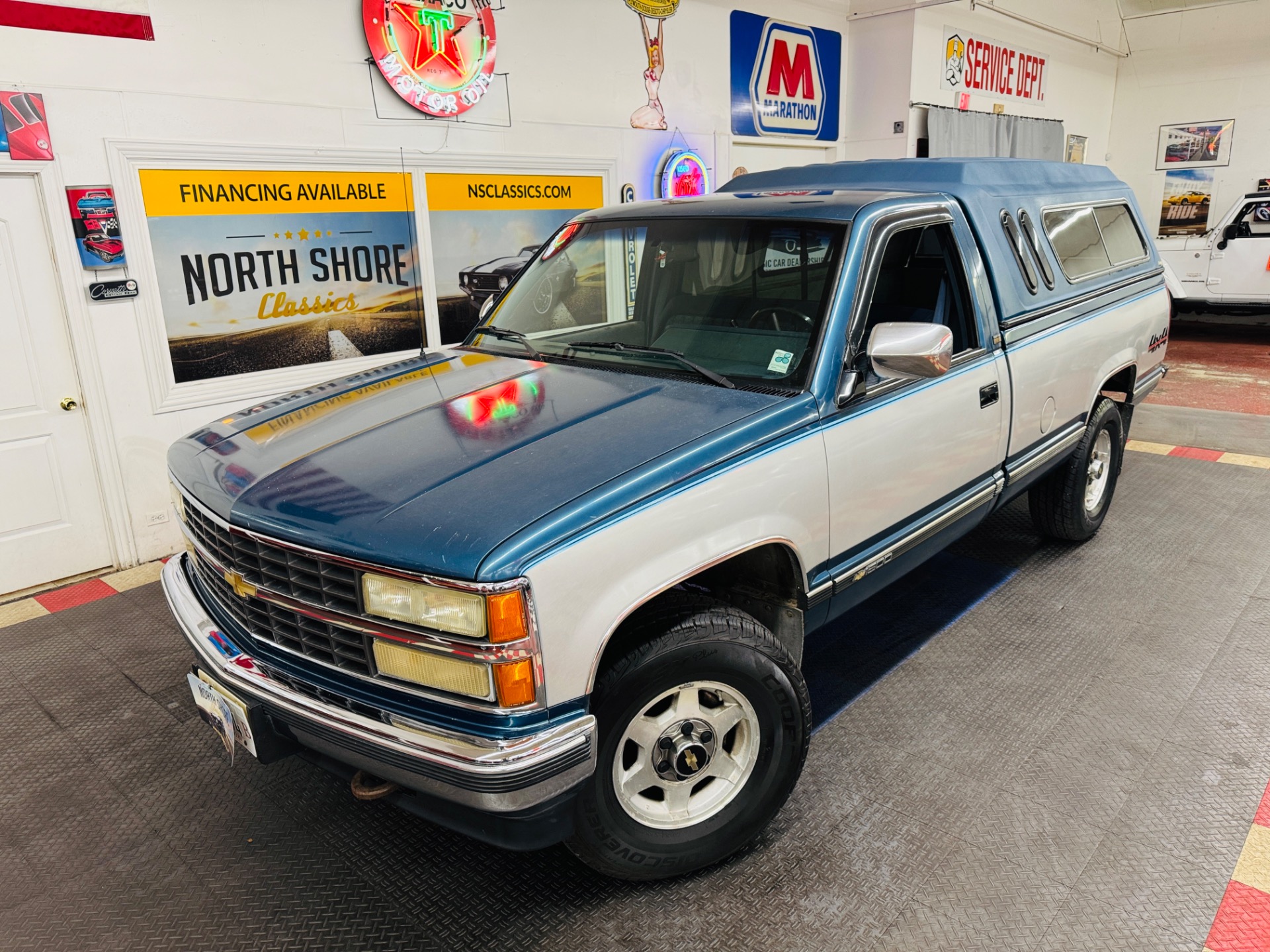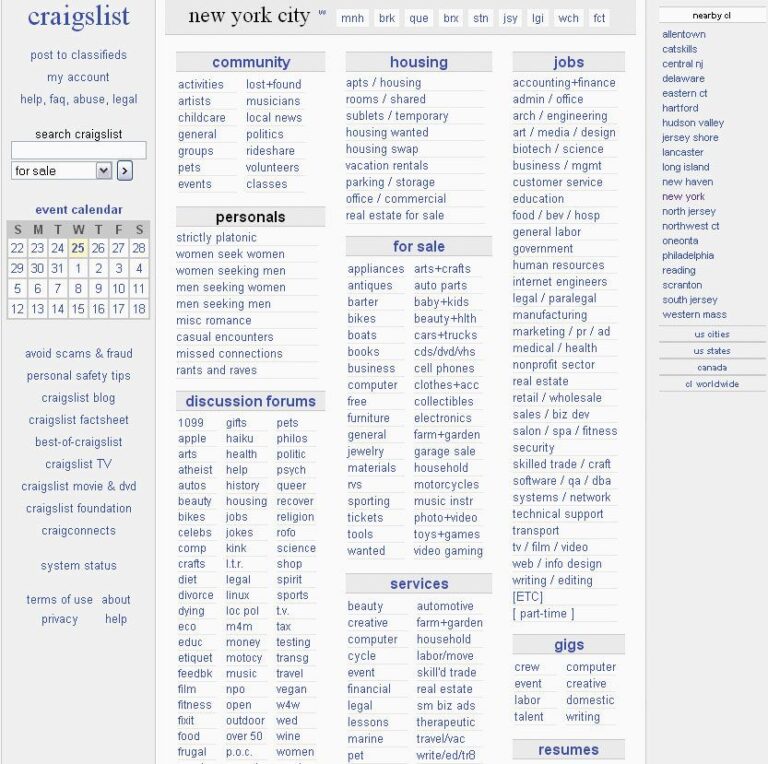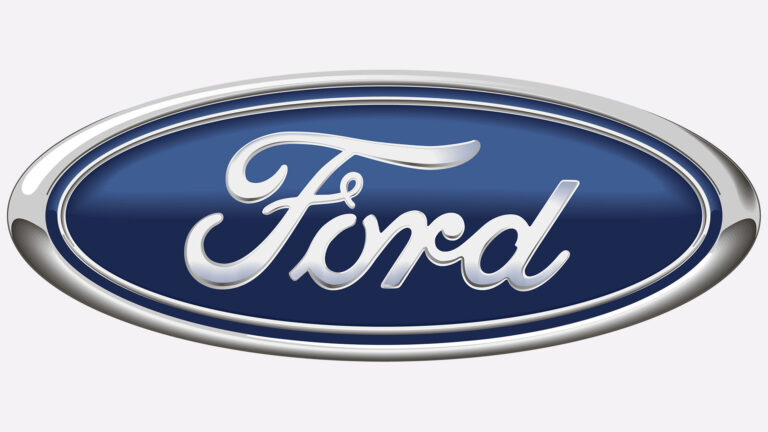Used Half Ton Chevy Trucks For Sale: Your Comprehensive Guide to Finding the Perfect Workhorse
Used Half Ton Chevy Trucks For Sale: Your Comprehensive Guide to Finding the Perfect Workhorse cars.truckstrend.com
The open road, a challenging job site, or a weekend adventure with a boat in tow – for many, these scenarios call for one thing: a reliable pickup truck. Among the vast landscape of pre-owned vehicles, the used half-ton Chevy truck stands out as a consistently popular and practical choice. Known primarily as the Chevrolet Silverado 1500 (or the C/K 1500 in older generations), these trucks represent the quintessential American pickup, blending robust capability with everyday usability.
A "half-ton" designation historically referred to the truck’s payload capacity, though modern trucks often exceed this. For Chevy, it signifies their light-duty, full-size pickup, designed to handle a wide range of tasks from hauling building materials to serving as a family’s primary vehicle. Buying a used half-ton Chevy truck offers an intelligent pathway to owning a versatile and durable vehicle without the significant depreciation hit of a new one. This comprehensive guide will navigate you through the world of used half-ton Chevy trucks, equipping you with the knowledge to make an informed and confident purchase.
Used Half Ton Chevy Trucks For Sale: Your Comprehensive Guide to Finding the Perfect Workhorse
Why Choose a Used Half-Ton Chevy Truck?
Opting for a pre-owned half-ton Chevy comes with a compelling list of advantages that make it a smart investment for many drivers:
- Cost-Effectiveness: The most significant benefit of buying used is avoiding the rapid depreciation that new vehicles experience. A used Chevy truck offers excellent value, allowing you to get more features, a higher trim level, or a newer model year for your budget compared to buying new.
- Proven Reliability and Durability: Chevrolet trucks, particularly the Silverado 1500, have a long-standing reputation for being workhorses. With proper maintenance, many half-ton Chevys easily surpass 200,000 to 300,000 miles, proving their inherent durability and robust engineering.
- Versatility for Every Need: Whether you need a truck for daily commuting, weekend projects, towing a boat or RV, or simply the utility of a truck bed, the half-ton Chevy excels. Its balance of power, comfort, and hauling capacity makes it incredibly adaptable.
- Abundant Parts and Service Availability: As one of the best-selling vehicles in North America for decades, parts for Chevy trucks are readily available and often more affordable than for less common vehicles. Mechanics are also highly familiar with their common issues and maintenance requirements.
- Strong Aftermarket Support: The aftermarket community for Chevy trucks is immense. This means an endless array of accessories, upgrades, and performance parts are available, allowing owners to customize their truck to their exact specifications, whether for off-roading, towing, or aesthetic enhancements.

Key Models and Generations to Consider
Over the decades, the half-ton Chevy truck has evolved through several generations, each offering distinct characteristics. Understanding these can help narrow your search:
- GMT800 (1999-2006, often extended to 2007 Classic): These models are known for their rugged simplicity, durable powertrains (especially the 5.3L Vortec V8), and relatively straightforward electronics. They represent excellent value for those on a tighter budget, though rust can be a significant concern in northern climates.
- GMT900 (2007-2013): This generation brought a more refined ride, improved interiors, and enhanced safety features. The 5.3L V8 remained a popular and reliable choice, often paired with a 4-speed or 6-speed automatic transmission. Fuel management systems (Active Fuel Management – AFM) were introduced, which can sometimes be a point of concern.
- K2XX (2014-2018): These trucks saw a significant redesign, featuring more modern styling, even more refined interiors, and new engine technologies like direct injection and cylinder deactivation (EcoTec3 engines). The 5.3L V8 was still the workhorse, often coupled with a 6-speed or 8-speed automatic.
- T1XX (2019-Present): While the newest generation, 2019 and 2020 models are now entering the used market. These offer cutting-edge technology, diverse engine options (including a 2.7L turbo-four and a 3.0L Duramax diesel), and significantly updated styling and interiors.

When considering engines, the 5.3L V8 has historically been the most common and highly regarded for its balance of power, reliability, and fuel efficiency. The 4.8L V8 is also durable but less powerful, while the 6.2L V8 offers robust performance. More recent models introduced V6 and turbocharged 4-cylinder options for improved fuel economy.

Cab configurations include Regular Cab (two doors), Extended Cab (two full-size front doors, two smaller rear-hinged doors), and Crew Cab (four full-size doors). Bed lengths typically come in short (approx. 5.5 ft), standard (approx. 6.5 ft), and long (approx. 8 ft) depending on the cab style. Trim levels range from basic Work Truck (WT) to mid-range LT and high-end LTZ or High Country, each offering varying levels of features and luxury.
What to Look For When Buying Used
Thorough inspection is paramount when purchasing a used vehicle. Here’s a checklist of critical areas:
- Vehicle History Report (CarFax or AutoCheck): This is your first line of defense. Look for accident history, flood damage, salvage titles, consistent maintenance records, and multiple owners.
- Mileage vs. Condition: Don’t let high mileage immediately deter you if the truck has a strong service history. A well-maintained 150,000-mile truck can be a better buy than a neglected 80,000-mile one.
- Engine & Transmission:
- Engine: Listen for unusual noises (knocks, ticks, squeals). Check the oil for sludge or milky appearance (indicating coolant). Look for fluid leaks underneath.
- Transmission: During a test drive, ensure smooth and timely shifts. Check for slipping, harsh engagement, or warning lights. Check the transmission fluid – it should be clear red/pink, not dark or burnt-smelling.
- Frame & Undercarriage: Inspect the frame rails for significant rust, cracks, or bends. Pay close attention to brake lines, fuel lines, and suspension components for corrosion.
- Suspension & Steering: Test drive over bumps to check for excessive bouncing or clunking. Check for play in the steering wheel. Look for worn bushings or leaking shocks.
- Brakes: Feel for pulsation in the pedal (warped rotors) or grinding noises.
- Tires: Check tread depth and look for uneven wear, which can indicate alignment issues or worn suspension components.
- Interior: Assess the condition of seats, dashboard, and carpets. Test all electronics: windows, locks, radio, navigation, HVAC (heating and A/C). Look for signs of water leaks.
- Electrical System: Ensure all lights (headlights, tail lights, turn signals, dashboard lights) are working. Check the battery and alternator.
- Professional Pre-Purchase Inspection (PPI): This is arguably the most crucial step. Have an independent mechanic (not associated with the seller) perform a thorough inspection. This small investment can save you thousands in unforeseen repairs.
Tips for a Successful Purchase
Navigating the used truck market can be daunting, but these tips will help:
- Set a Realistic Budget: Beyond the purchase price, factor in potential repairs, insurance, registration, and ongoing maintenance.
- Research Specific Models and Years: Once you’ve identified a generation or year range, delve into common issues for those specific models online forums and owner reviews are invaluable.
- Compare Prices: Use online platforms (AutoTrader, Cars.com, CarGurus, Facebook Marketplace) to compare prices for similar trucks in your area. Understand the market value.
- Negotiate Effectively: Don’t be afraid to negotiate. Have your research and inspection findings ready to justify a lower offer.
- Understand Financing Options: If you’re not paying cash, secure pre-approved financing from a bank or credit union before visiting a dealership. This gives you leverage and clarity on your budget.
- Consider Insurance Costs: Get an insurance quote before buying, as rates can vary significantly based on the truck’s year, model, and your driving history.
- Don’t Rush the Decision: Take your time. There are plenty of used Chevy trucks available. If something feels off, walk away.
Potential Challenges and Solutions
Even with careful planning, some challenges can arise when buying used:
- Finding a Well-Maintained Truck:
- Solution: Be patient. Expand your search radius. Prioritize trucks with detailed service records. Consider trucks from warmer climates to minimize rust issues.
- Dealing with Rust:
- Solution: Thoroughly inspect the frame, cab corners, rocker panels, and wheel wells. Some surface rust is common, but extensive structural rust is a deal-breaker. A pre-purchase inspection is crucial for identifying hidden rust.
- Unforeseen Repairs Shortly After Purchase:
- Solution: Budget for a "repair fund" (e.g., $1,000-$2,000) for unexpected issues. Consider an extended warranty, especially if buying from a dealership, but read the fine print carefully.
- High Mileage:
- Solution: As mentioned, focus on maintenance history. A truck with 200,000 miles that has been meticulously cared for can be more reliable than one with 100,000 miles that has been neglected. Get a PPI.
- Scammers and Misleading Listings:
- Solution: Be wary of deals that seem too good to be true. Always verify the seller’s identity, never pay without seeing the truck, and be suspicious of requests for unusual payment methods.
Estimated Price Guide for Used Half-Ton Chevy Trucks
The price of a used half-ton Chevy truck varies significantly based on year, mileage, condition, trim level, 2WD/4WD, engine, and geographical location. The table below provides a general estimated range.
| Model Year Range | Estimated Price Range (Low) | Estimated Price Range (High) | Key Factors Influencing Price |
|---|---|---|---|
| 1999-2006 (GMT800) | $5,000 | $15,000 | Age, mileage, rust, 2WD/4WD, engine (5.3L desirable), condition. |
| 2007-2013 (GMT900) | $8,000 | $22,000 | Mileage, condition, 2WD/4WD, cab/bed configuration, trim level (LTZ/High Country higher). |
| 2014-2018 (K2XX) | $15,000 | $35,000 | Mileage, trim level (WT vs. High Country), engine (6.2L higher), 2WD/4WD, features, accidents. |
| 2019-2022 (T1XX) | $25,000 | $50,000+ | Newer models, lower mileage, higher trims, specific engine options (diesel, 6.2L), technology packages. |
Note: These are broad estimates. A low-mileage, pristine, fully loaded truck from any generation will command a higher price, while a high-mileage, basic work truck will be on the lower end.
Frequently Asked Questions (FAQ)
Q: What’s the best year for a used half-ton Chevy?
A: "Best" is subjective. For reliability and value, many favor the 5.3L V8 models from the 1999-2006 (GMT800) generation due to their simpler design. The 2014-2018 (K2XX) models offer a great balance of modern features and proven reliability. Avoid early GMT900 (2007-2009) models if you’re concerned about Active Fuel Management (AFM) issues, though many were resolved with later software updates and vigilant maintenance.
Q: How many miles is too many for a used Chevy truck?
A: There’s no hard limit. A well-maintained Chevy truck can easily last 200,000-300,000 miles or more. Focus on the truck’s maintenance history, overall condition, and a pre-purchase inspection rather than just the odometer reading.
Q: What’s the difference between a Silverado and a Sierra?
A: The Chevrolet Silverado and GMC Sierra are mechanically identical half-ton trucks, built on the same platform with the same engines and transmissions. The primary differences lie in exterior styling, interior trim, and available feature packages. GMC often positions the Sierra as a slightly more upscale or professional-grade option.
Q: Should I buy from a dealer or a private seller?
A: Dealers typically offer more conveniences like financing, trade-ins, and sometimes warranties, but their prices are often higher. Private sellers may offer lower prices, but the transaction involves more risk, and you’re buying "as-is." Always get a pre-purchase inspection regardless of the seller.
Q: What’s a fair price for a used half-ton Chevy?
A: A fair price is determined by the specific truck’s year, mileage, condition, trim, features, and your local market. Use online valuation tools like Kelley Blue Book (KBB.com) or Edmunds.com as a starting point, and compare with similar trucks listed for sale.
Q: Are 4×4 models more expensive to maintain?
A: Generally, yes. 4×4 systems add complexity and additional components (transfer case, front differential, extra driveshafts, more suspension parts) that can require maintenance or repair. They also tend to be less fuel-efficient and more expensive to purchase initially.
Conclusion
A used half-ton Chevy truck represents an exceptional blend of capability, durability, and value. Whether you’re looking for a reliable work vehicle, a versatile family hauler, or an adventure companion, the Silverado 1500 (or its predecessors) can fit the bill. By understanding the different generations, knowing what to inspect thoroughly, and arming yourself with practical advice, you can confidently navigate the used truck market. A well-chosen pre-owned Chevy truck isn’t just a vehicle; it’s a long-term investment that will reliably serve your needs for years to come. With diligent research and a smart approach, your perfect used half-ton Chevy truck is waiting.






